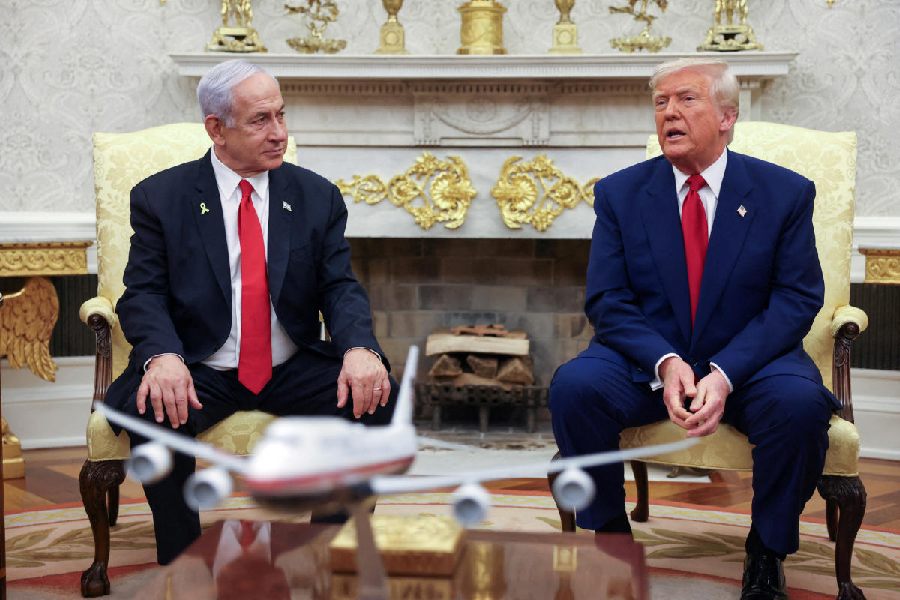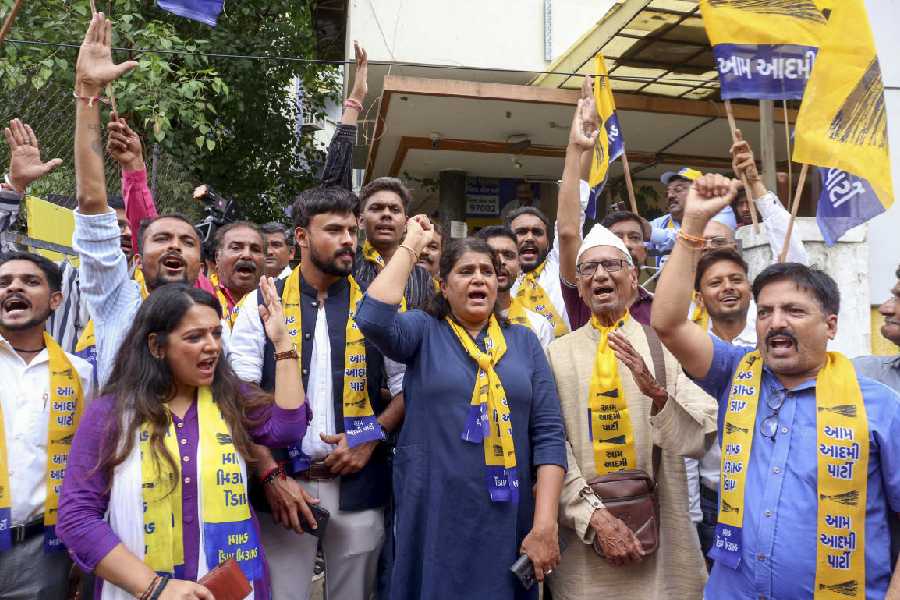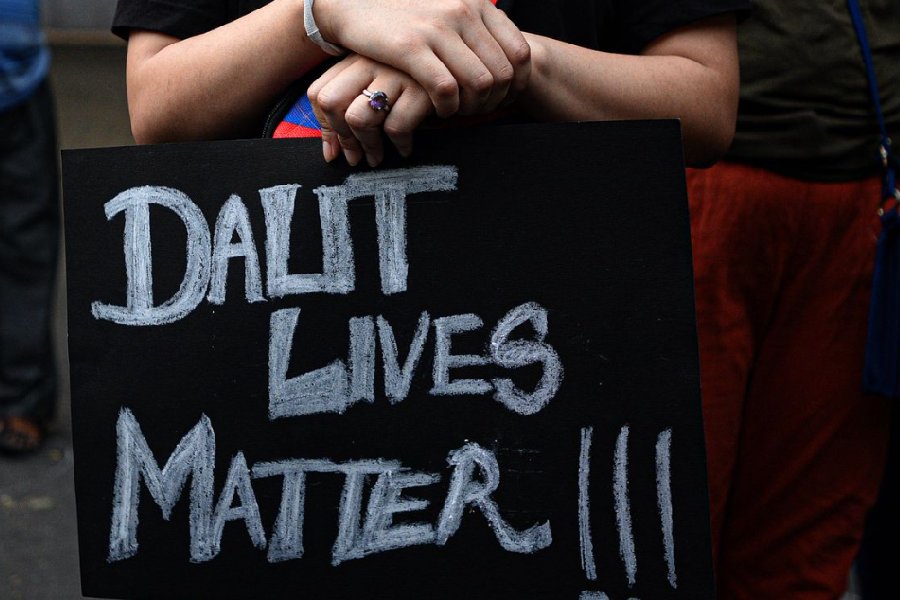 |
| The Barabati fort. Telegraph picture |
Bhubaneswar, March 10: The story of unravelling the grandeur of Barabati Fort by Archaeological Survey of India (ASI) in the 1980s has been penned down in a book that was released recently.
Pravin Srivastav, director general, ASI, who was on a short visit to the city, released the book — Impregnable Fort Barabati: The tall testimony of medieval Odisha — at the Bhubaneswar office of the department.
The book penned by Dillip Kumar Khamari, superintending archaeologist, excavation branch, Bhubaneswar, is replete with exclusive coloured photographs of remarkable findings during various phases of excavation.
The book tells the reader that the excavations at Barabati conducted between 1989 and 2007 had brought to light numerous archaeological evidences signifying an unbroken cultural succession and evidences of a remarkable cultural heritage of Odisha, besides, highlighting the fort’s unique position in the medieval political history of east India in particular and the history of India in general.
Besides structural remains, excavation had also revealed a rich assemblage of antiquarian findings consisting of stone sculptures of royal figures, amorous couple, damsels, animal figures, architectural fragments, terracotta figurines, terracotta beads, bangle fragments, sling balls, terracotta wheels, cannon balls, iron arrowheads, copper coins et al.
“The younger generation should always come up with new ideas to reach the common people for creating cultural awareness and sense of pride among them about their glorious past. The ASI has two important roles — excavation and documentation and this book covers both aspects. I am extremely delighted to see this work and wish to congratulate Dillip and his team,” said Srivastav.
The ASI employees involved in the excavation since the first phase in 1989 were felicitated on the occasion.
“We can never forget the excitement and thrill of finding the glorious history of the fort. Every article found there gave us goose bumps. It was a special experience,” said Rabindranath Sahu, ASI photographer.
Khamari said the fort standing at an impregnable location had witnessed all the colourful pages of history throughout its occupation period.
Despite numerous military incursions, the fabric has remained unchanged for years.
The structural remains of engineering excellences and the sculptural wealth adorned with ideal proportions, immaculate executions and florid ornamentations are collectively acclaiming the bygone magnificence, including the characteristic qualities of masons and artisans of Odisha.










